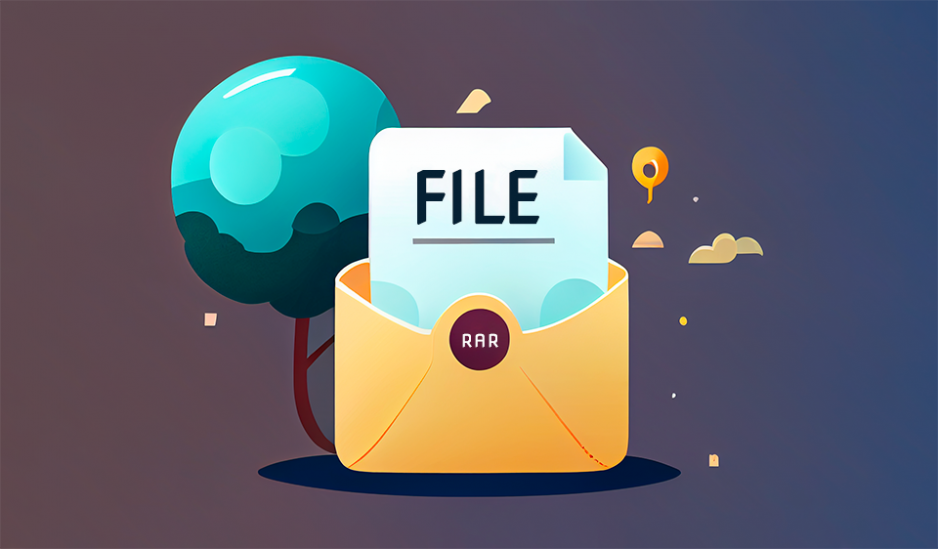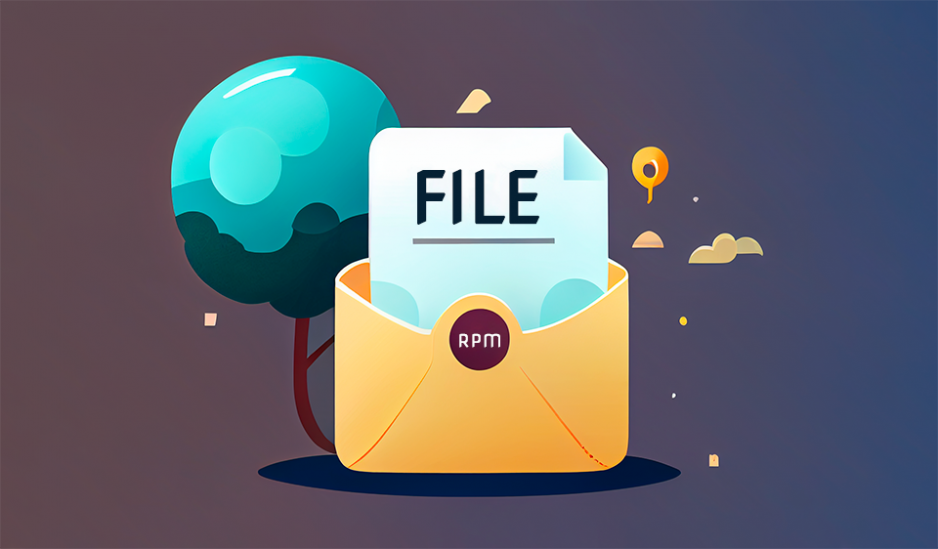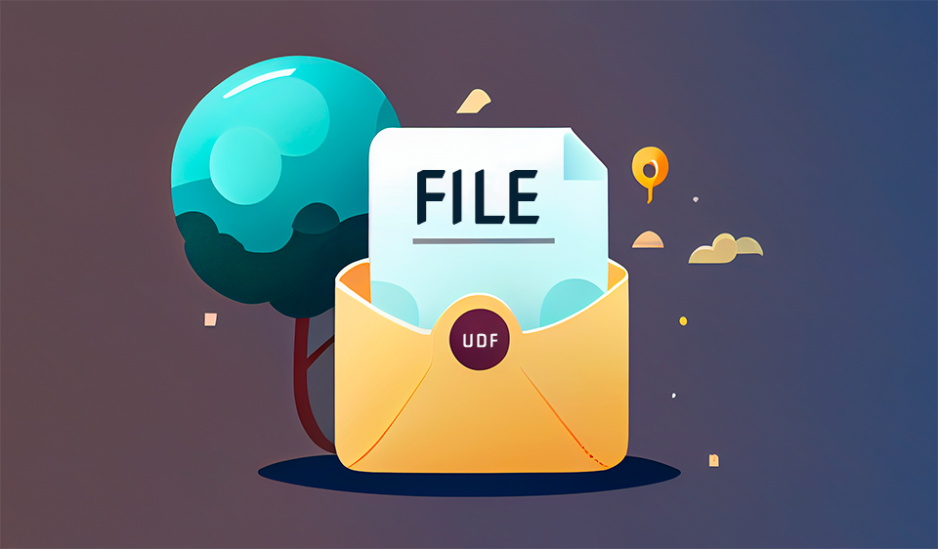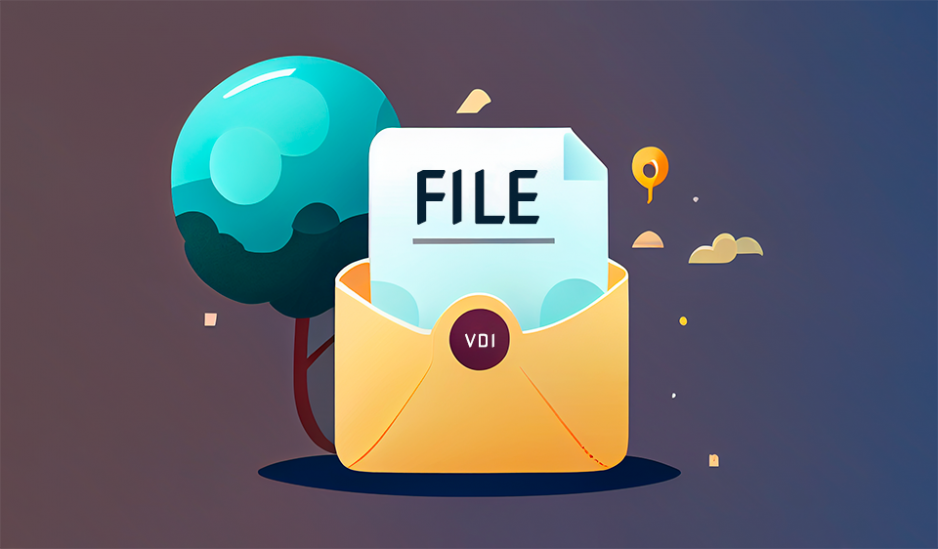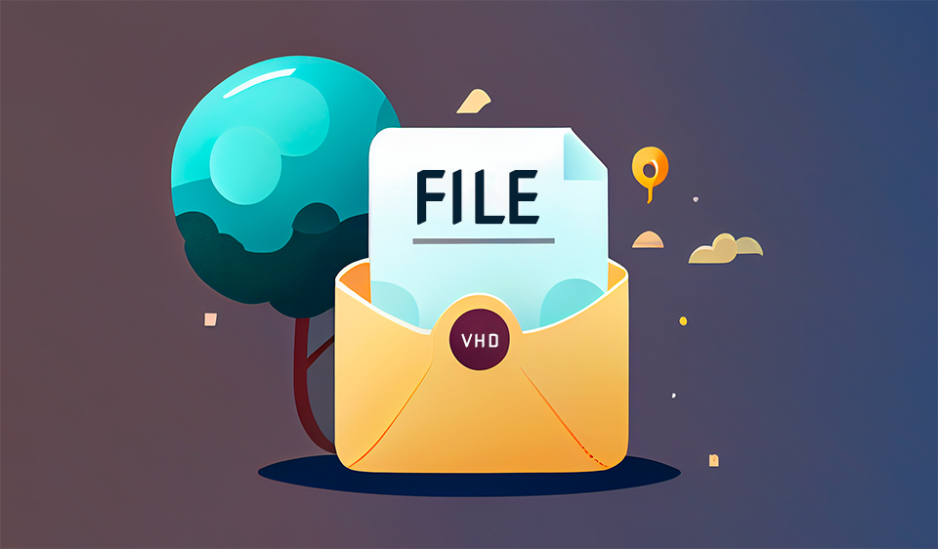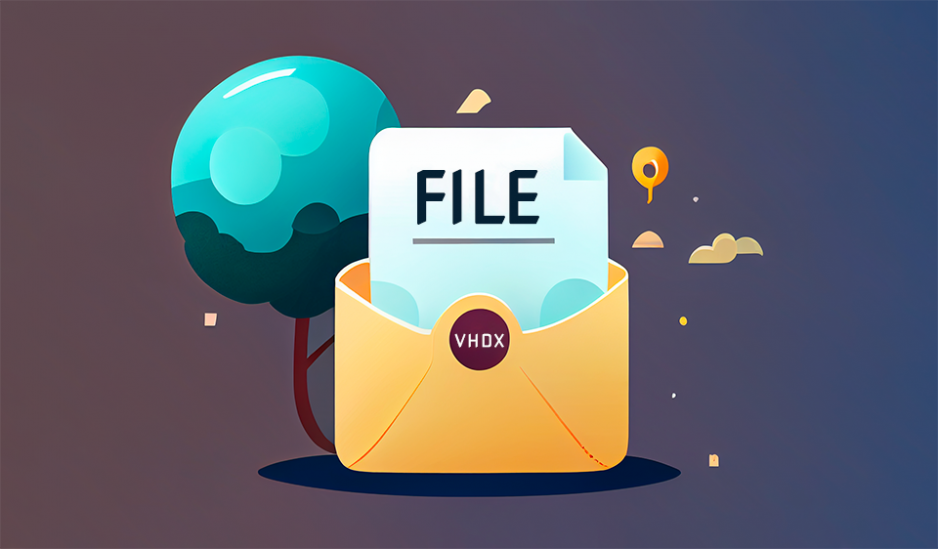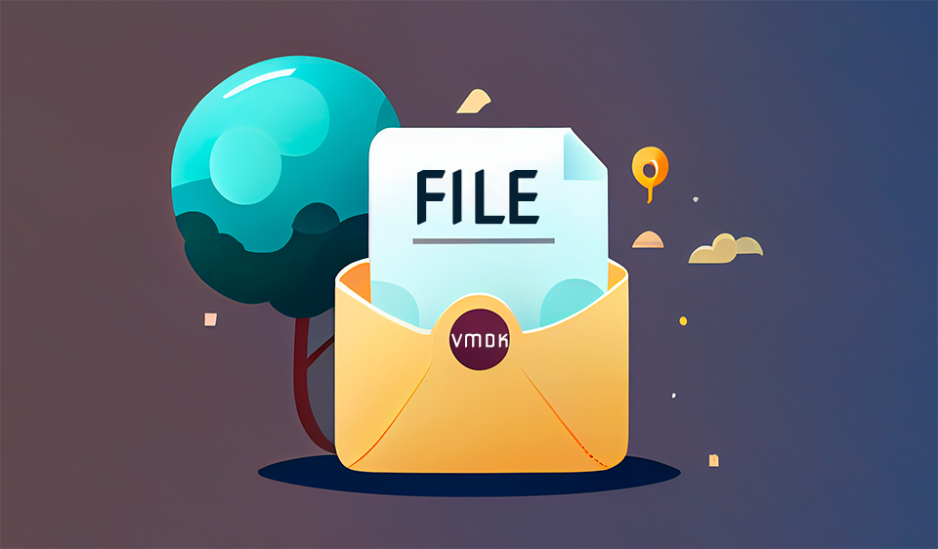What is QCOW2?
QCOW2 (QEMU Copy On Write Version 2) is a file format used for storing disk images and virtual machine (VM) images. QCOW2 is a variant of the QCOW file format and is used in conjunction with the QEMU virtualization software. QCOW2 files are typically identified by the .qcow2 file extension.
How does QCOW2 work?
QCOW2 is a type of disk image file that stores the contents of a virtual hard drive. QCOW2 uses a copy-on-write (CoW) mechanism to store data, which allows the file to be used as a base image that can be modified and updated without changing the original data. This makes QCOW2 a convenient and efficient format for storing VM images, as it allows for easy creation and management of multiple VMs from a single base image.
Advantages of QCOW2
There are several advantages to using QCOW2 for storing disk images and VM images:
- QCOW2 is a highly efficient and space-saving format, as it uses a CoW mechanism to store data and allows for easy creation and management of multiple VMs from a single base image.
- QCOW2 is widely supported and is compatible with many virtualization software programs and tools.
- QCOW2 is highly portable, as it can be easily transferred between computers and devices.
Uses of QCOW2
QCOW2 is commonly used for storing and distributing VM images and is frequently used in conjunction with virtualization software, such as QEMU. It is also sometimes used for storing disk images and other types of data.

